|
Plymouth View across the fields to Plymouth Great weather. Lots of sunshine. A gentle, cooling breeze. The start of the walk was by the side of Whitsand Bay Golf Club and then to the military firing ranges surrounding Tregantle Fort. Fortunately there was no activity at the ranges and the red warning flag was not flying so I was able to walk along the permissive path without having to take the diversion along the B3247. As I approached Rame Head I began to see Plymouth across the farm fields. When I reached Cawsand I decided to take the ferry from there to The Barbican so that I could enjoy the views across Plymouth Sound to Plymouth. Once I had arrived in Plymouth and had settled in to my accommodation I walked to Plymouth Hoe where the naval memorial and the Drake monument are located. After the First World War, an appropriate way had to be found of commemorating those members of the Royal Navy who had no known grave, the majority of deaths having occurred at sea where no permanent memorial could be provided. An Admiralty committee recommended that the three manning ports in Great Britain - Chatham, Plymouth and Portsmouth - should each have an identical memorial of unmistakable naval form, an obelisk, which would serve as a leading mark for shipping. After the Second World War it was decided that the naval memorials should be extended to provide space for commemorating the naval dead without graves of that war, but since the three sites were dissimilar, a different architectural treatment was required for each. In addition to commemorating seamen of the Royal Navy who sailed from Plymouth, the First World War panels also bear the names of sailors from Australia and South Africa. The governments of the other Commonwealth nations chose to commemorate their dead elsewhere, for the most part on memorials in their home ports. After the Second World War, Canada and New Zealand again chose commemoration at home, but the memorial at Plymouth commemorates sailors from all other parts of the Commonwealth. Plymouth Naval Memorial commemorates more than 7,200 sailors of the First World War and nearly 16,000 of the Second World War. The statue of Sir Francis Drake The original statue is in Tavistock and was erected in 1883. The statue on the Hoe is a copy of the original and was erected in 1884.
There is a story that Drake was playing lawn bowls when he was informed about the Spanish fleet sailing up the English Channel. Drake calmly continued his game before taking action against the Spaniards. The story is supposed to show his calm confidence before the ensuing battle but some historians say that he knew the wind was unfavourable for the Spanish fleet and he had lots of time before he needed to take action.
0 Comments
Leave a Reply. |
Hazel's PoppaI'm a grandfather who lost an infant granddaughter and who wants to help Gillian, her mother, provide support for other grieving parents through Hazel's Heroes. Archives
April 2020
Categories |
Proudly powered by Weebly

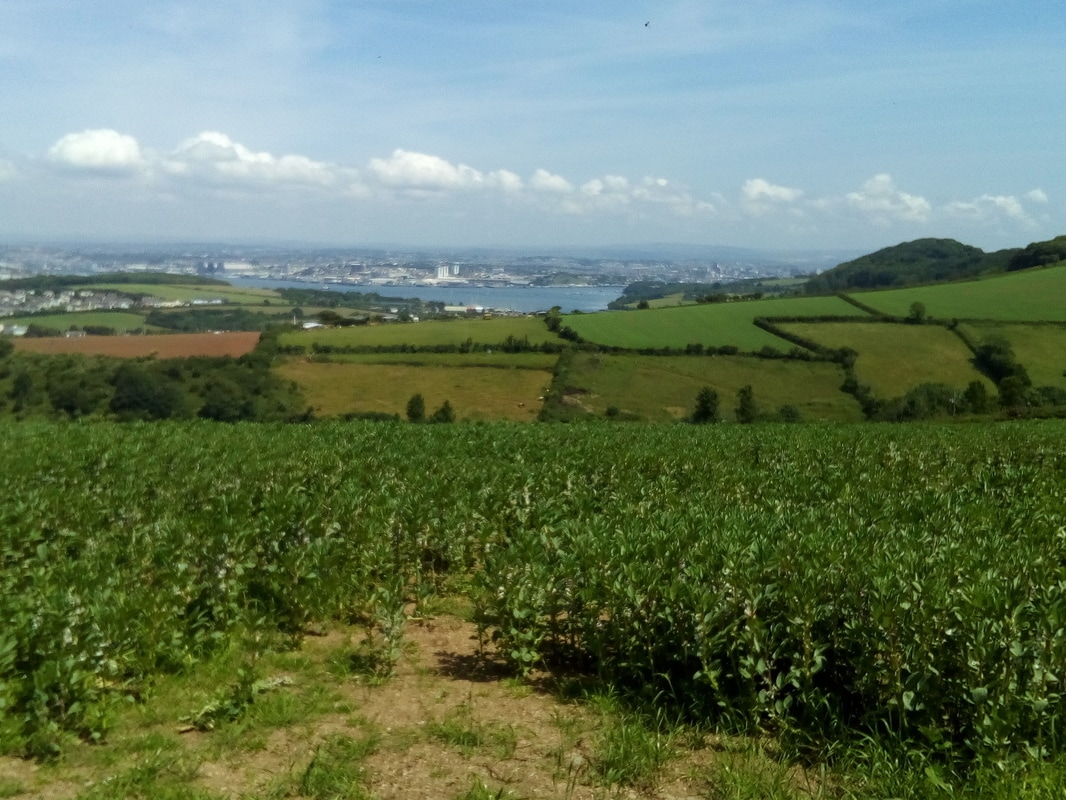
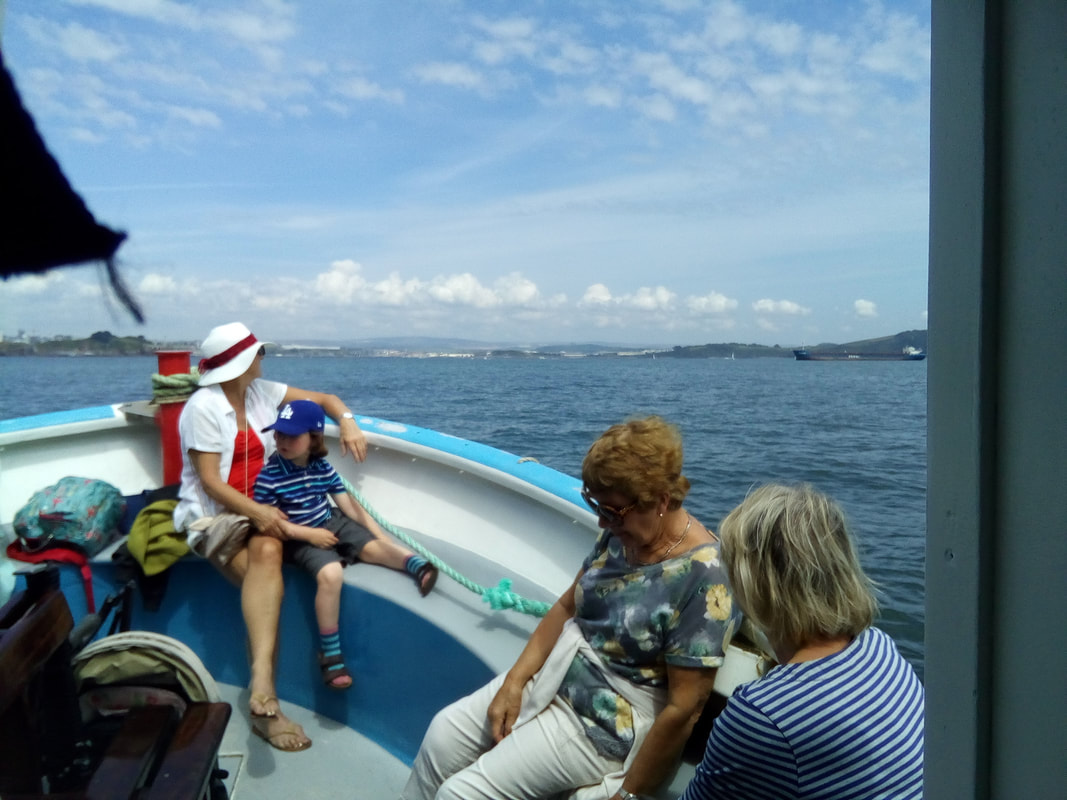
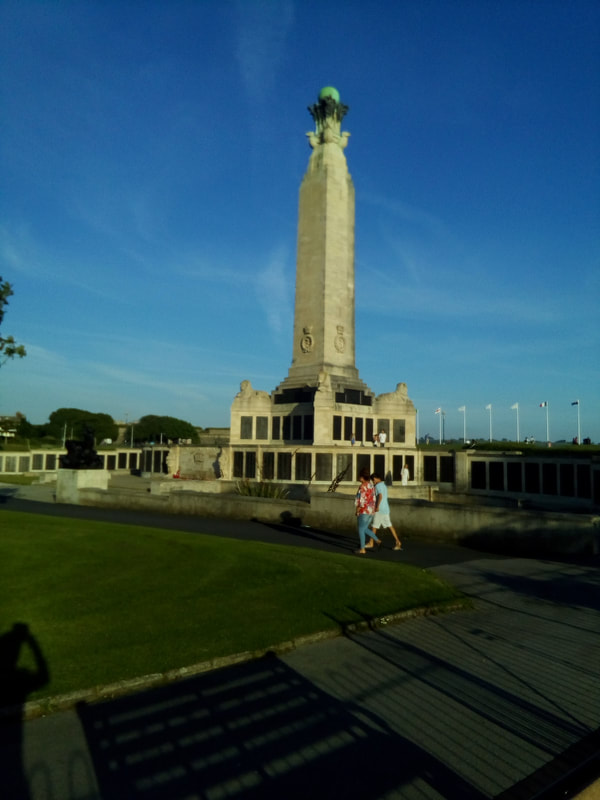
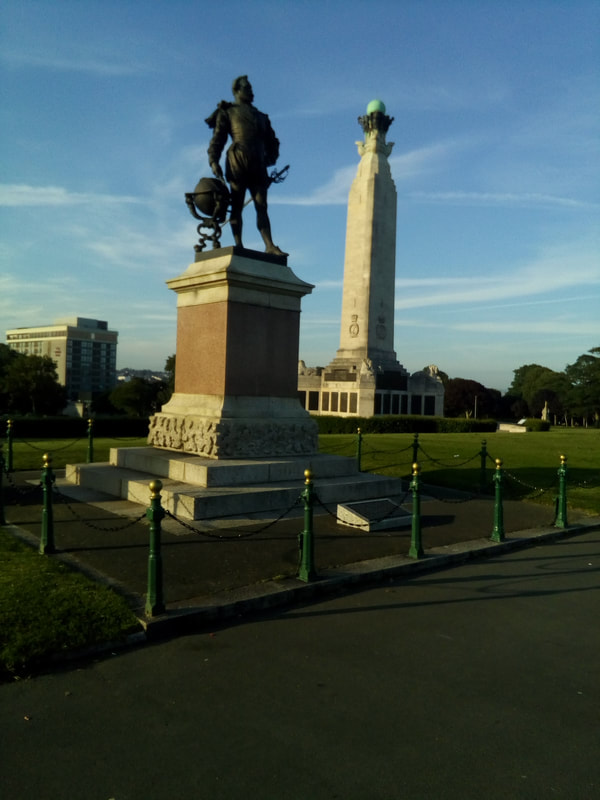
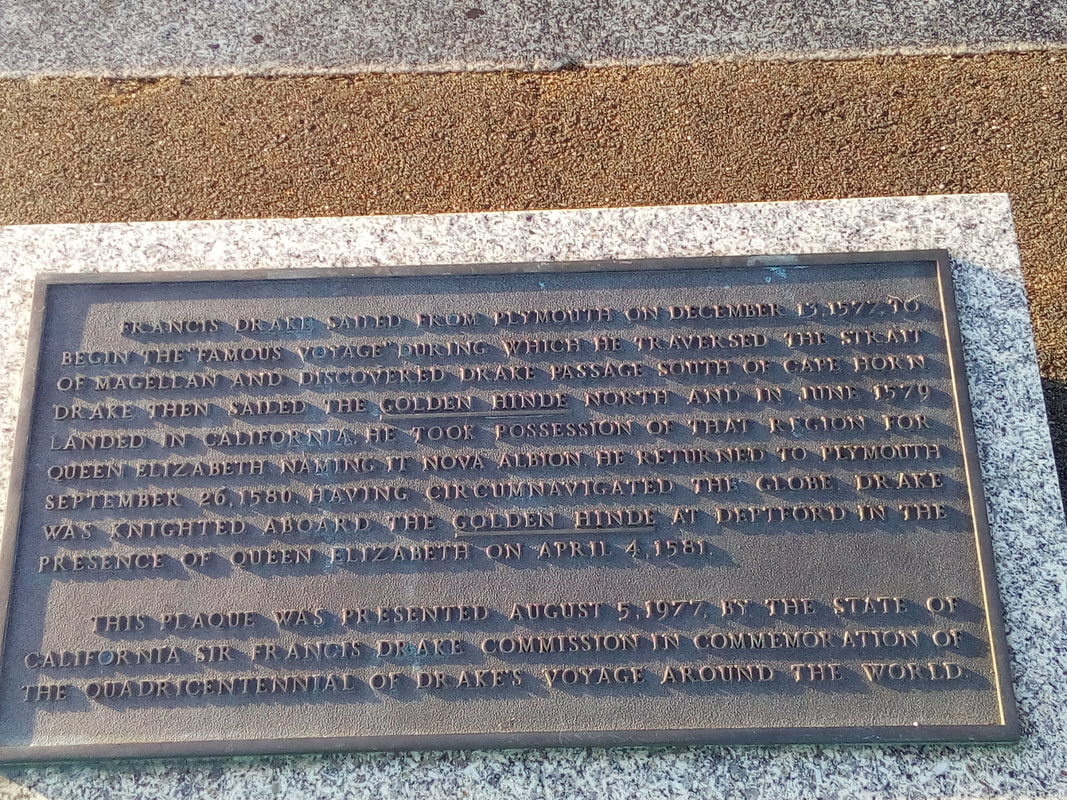
 RSS Feed
RSS Feed